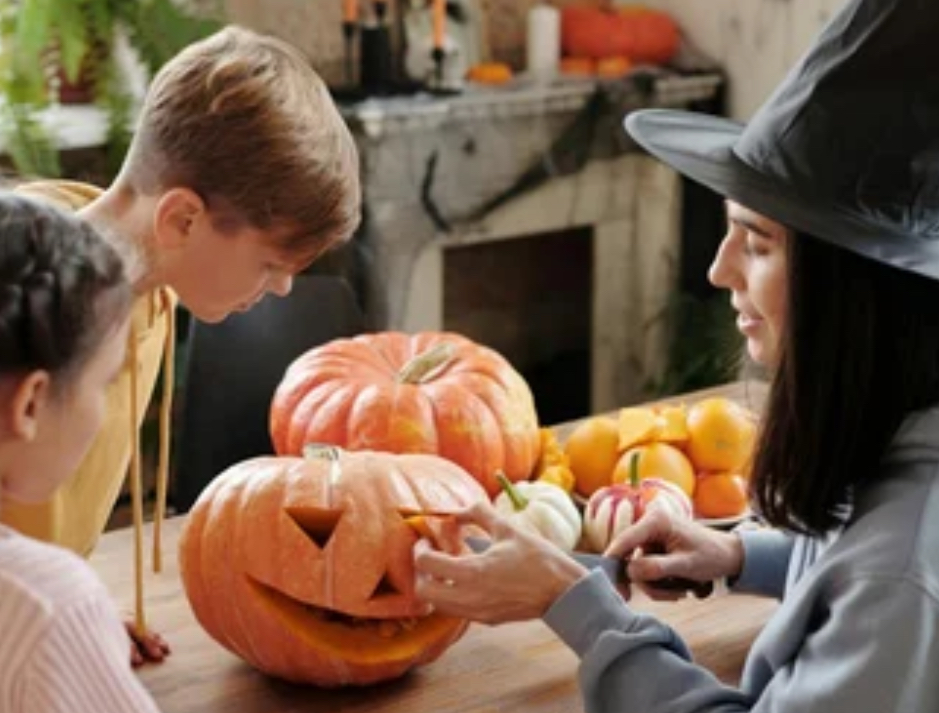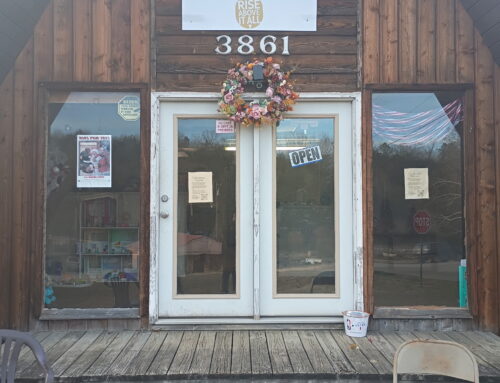Over half of Americans (57%) said rising chocolate prices are changing how much they dish out for candy this Halloween.
The new study by financial services company Empower (https://www.empower.com), which polled 2,000 general population Americans, found a third consider Halloween one of the costliest holidays of the year and the average American plans to spend $296 — including candy, costumes, decor and entertainment.
Younger generations plan to spend almost double that, with millennials averaging $522 and Gen Z averaging $435.
Yet, despite the price tag, 51% said Halloween is one of their favorite holidays, and nearly six in 10 (57%) said the memories they make with friends and family on Oct. 31 are priceless.
Still, five in 10 are cutting back on Halloween spending overall due to inflation (52%), though 39% of Americans say they overspend each year, highest among millennials (52%) and Gen Z (48%).
More than half of Americans surveyed (54%) believe parents today feel pressured to spend more on Halloween than past generations.
Almost a third (31%) say they end up spending more when they see friends or family doing so, even if it’s beyond their means (53% Gen Z, 50% millennials).
“Some consumers may be ghosting chocolate this Halloween as prices creep higher. Trick-or-treat spending offers a peek into how pricing pressures are shifting budgets and filtering into the smallest traditions,” said Rebecca Rickert, head of consumer insights at Empower.
Most shoppers will start looking for Halloween items in September (39%) and October (43%), despite the rise of retailers offering “Summerween.” Though, a quarter of millennials (26%) start shopping for Halloween no later than August.
Two in five (40%) respondents said they look forward to Halloween shopping more than shopping for other holidays (61% millennials, 56% Gen Z).
To save money, close to a quarter said they often reuse or recycle costumes from past years (22%) or shop at thrift stores/discount retailers for Halloween looks (22%). One in five prefer to DIY or make costumes at home (20%).
Close to a quarter (23%) of Gen Z and millennials buy costumes for their pets, even if it costs extra (18% overall).
A quarter of younger generations will use AI to find the best deals on candy, costumes or decorations (25% millennials, 24% Gen Z) — as well as to generate costume ideas (27% millennials; 24% Gen Z).
More than one in five millennials will also use it to help plan fall or Halloween-themed travel (21%).
Even with tighter budgets, Americans want Halloween to feel memorable: 45% said they’d rather spend on experiences like trips or parties than on décor.
These experiences include: pumpkin patches or harvest festivals (31% overall; 41% Gen Z, 39% millennials), Halloween parties (23% overall; 39% millennials, 35% Gen Z), and Halloween theme parks or haunted houses (21% overall; 37% millennials, 35% Gen Z).
While almost three in 10 Gen Z (28%) and millennial (27%) respondents will also be visiting a haunted or historic towns (like Salem or Sleepy Hollow) — only 17% of Gen X and 4% of baby boomers are incorporating that into their fall plans.
THE AVERAGE AMERICAN’S HALLOWEEN SPENDING WILL INCLUDE . . .
- Candy — $59
- Children’s costumes — $56
- Adult costumes — $46
- Pet costumes — $33
- Home/yard decorations — $52
- Parties/entertainment (tickets, fright nights, events, etc.) — $51






